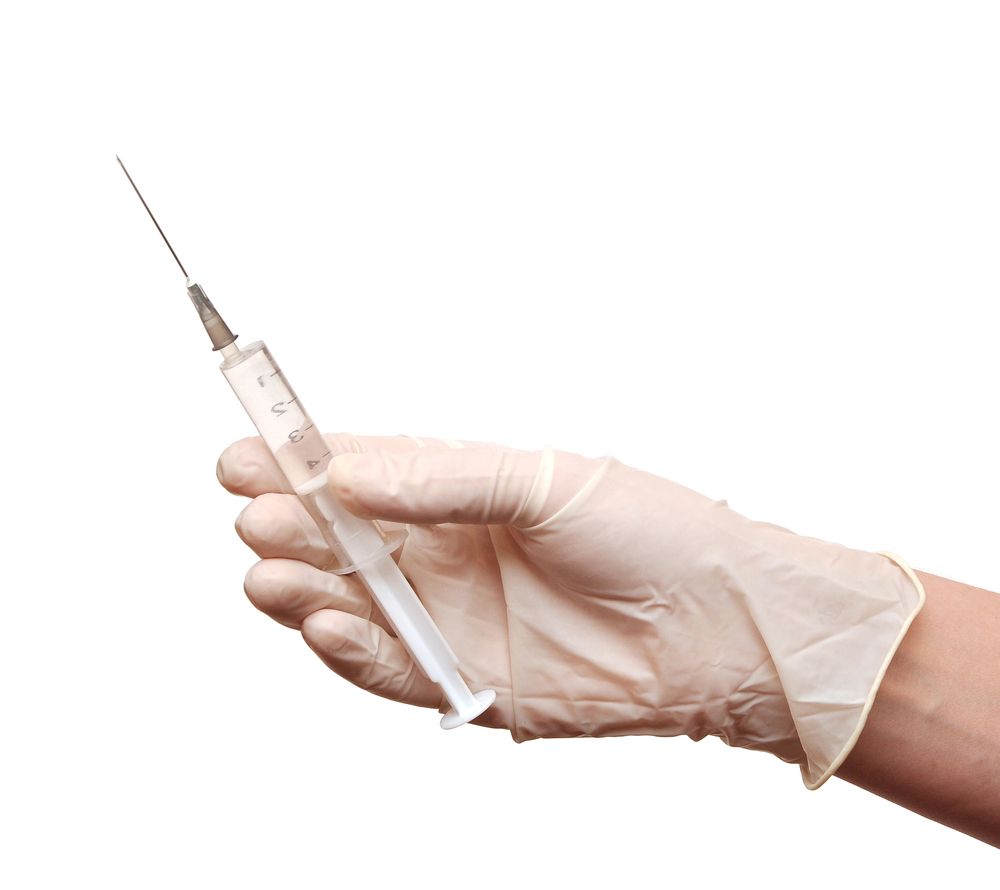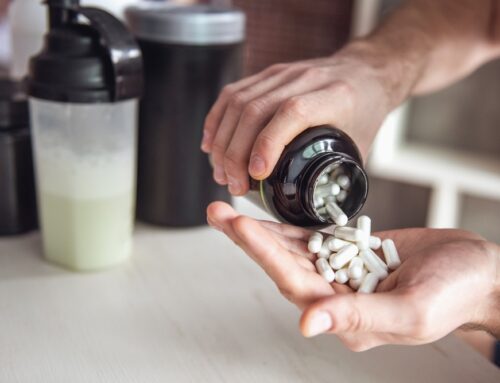TRT Denver, or testosterone replacement therapy in Denver, offers a variety of treatment options for men suffering from low testosterone levels. One of the most common methods of administering testosterone is through injections, gels, and patches. Each method has its own benefits and considerations, so it’s important to understand the differences between them before starting treatment. Whether you’re considering injections, gels, or patches, it’s important to comprehend the pros and cons of each.
Understanding Testosterone Replacement Therapy
TRT is a medical treatment designed to help men who have low levels of testosterone. This can occur as men age, or due to certain medical conditions such as hypogonadism. TRT involves the administration of testosterone through various methods, such as injections, patches, gels, or pellets.
One of the main goals of TRT is to alleviate symptoms associated with low testosterone levels, such as fatigue, reduced muscle mass, decreased libido, and mood swings. By increasing testosterone levels in the body, TRT can help improve overall quality of life for men experiencing these symptoms.
While there are potential side effects, many users report feeling more energetic, with improved mood and physical health. So, it’s definitely worth considering.
TRT Injections: Pros and Cons
Now, while TRT can be administered in various forms, let’s focus on one popular method: injections, and weigh their advantages and drawbacks.
- Pros: Injections are typically administered weekly or bi-weekly and provide you with a steady, controlled release of testosterone into your bloodstream. They’re less messy than gels and less intrusive than patches. Plus, they’re generally cost-effective.
- Cons: Yet, there are some downsides. You’ll need a healthcare provider to administer the injection or you’ll have to learn to do it yourself. It can also cause discomfort or side effects like mood swings or aggression due to the sudden spike in testosterone levels.
- Bottom line: It’s about weighing these pros and cons and determining what’s best for your lifestyle, symptoms, and medical history.
The Lowdown on TRT Gels
Gels offer a different approach to hormone therapy with their own set of benefits and drawbacks. Applied directly onto your skin, these gels allow testosterone to be absorbed into your bloodstream. It’s a simple, pain-free method that you can incorporate into your daily routine. However, you must ensure the gel is fully dried before making contact with others to prevent testosterone transfer.
There’s also a risk of skin reactions. Compared to injections, gels provide more stable testosterone levels, but you’ll need to apply it daily. In terms of cost, gels can be more expensive than injections. Remember, everyone’s body responds differently, so it’s important to discuss these factors with your healthcare provider.
Don’t forget to consider how your health insurance fits into the picture. Coverage for TRT treatments, including gels, can vary significantly between different insurance plans. Understanding your health insurance coverage can help you manage the costs associated with your TRT regimen effectively. Always ensure that you’re well-informed about what your insurance does and doesn’t cover regarding TRT gels to avoid unexpected expenses.
Unpacking TRT Patches
Switching gears, we delve into TRT patches, another hormone therapy option that you might want to explore. Unlike injections or gels, TRT patches are small, adhesive patches that you apply directly to your skin. They slowly release testosterone into your system throughout the day.
Let’s break it down:
- Ease of Use: You simply stick the patch onto a clean, dry area of skin. It’s that simple.
- Consistent Release: The patch steadily emits testosterone, helping to maintain a balanced hormone level.
- Minimal Side Effects: Although skin irritation can occur, it’s less common than with gels.
Denver’s Climate Impact on TRT
While considering TRT patches, it’s also important to think about how the climate in Denver could potentially impact your hormone therapy. Denver’s dry, high-altitude climate can affect how your body absorbs and processes hormones. The thin air could potentially alter the effectiveness of your TRT treatment. For instance, low humidity might cause patches to dry out faster, reducing their efficacy quicker than in a more humid environment.
TRT gels could also evaporate at a faster rate. It’s vital to discuss this with your healthcare provider when deciding on the best TRT method for you. They could recommend specific brands or methods better suited to Denver’s climate. Remember, the goal is to ensure your TRT is as effective as possible.
Conclusion
TRT in Denver, whether through injections, gels, or patches, can be a game-changer. Each method has pros and cons, so choose according to your lifestyle and preference. Don’t forget that Denver’s unique climate might impact your TRT regimen. Remember, it’s about finding a balance that works best for you. With the right approach, you can harness the benefits of TRT and live your life to the fullest.





